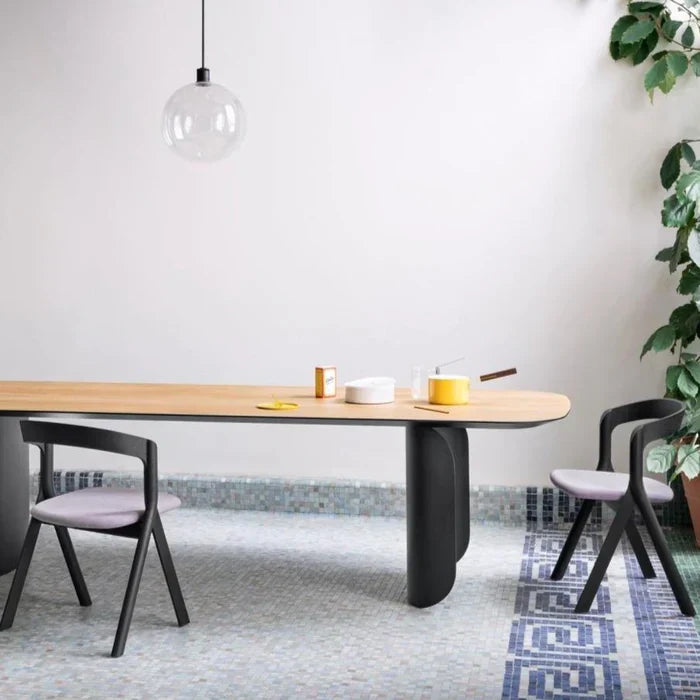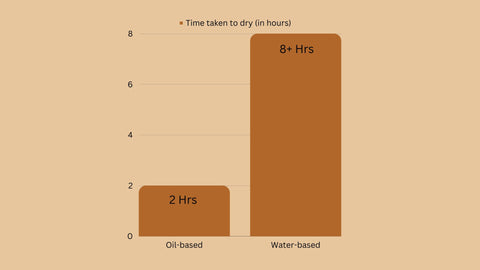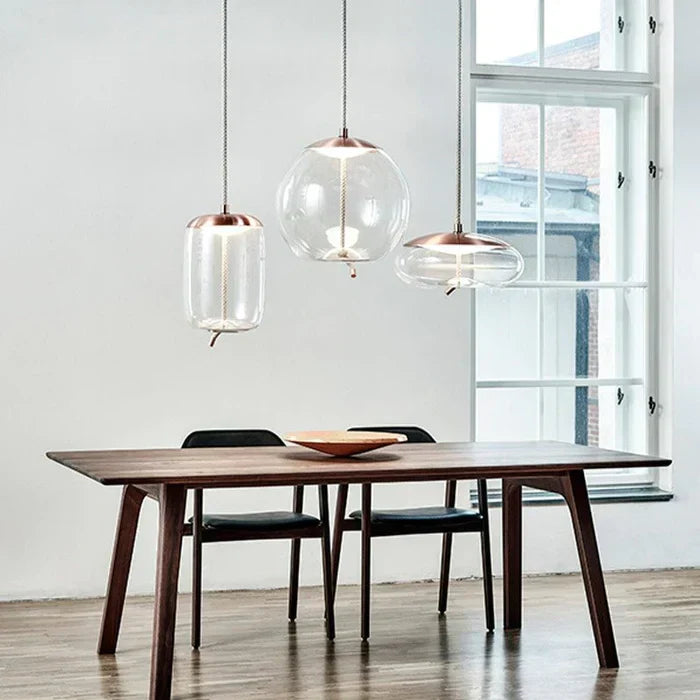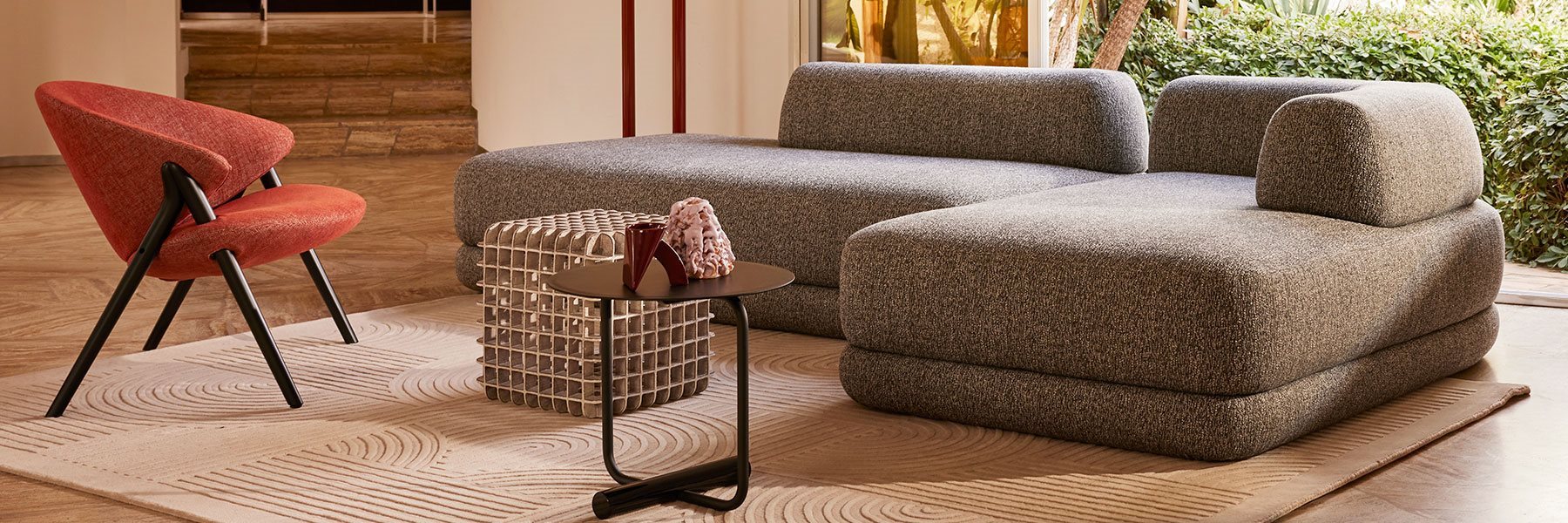
Extending the Lifespan of Your Dining Table: Tips for Protection and Maintenance
HIGHLIGHTS
- Heart of the Home: Your dining table is where memories are made, so keeping it in top shape is essential.
- Durable Finishes: Learn how finishes like polyurethane protect your table from scratches and stains.
- Choosing Finishes: Explore the benefits of oil-based vs. water-based polyurethane, wax finishes, and natural oils to find the best option for your table.
- Simple Care Tips: Use felt pads, regular dusting, and placemats to protect your table from spills and sunlight.
- Climate Control: Manage humidity and temperature to prevent cracks and discoloration, keeping your table beautiful for years.
Your dining table is the centerpiece of your home. It makes your dining area or room look great with its amazing finish and it’s exactly what you wanted for your space. It's at this piece of furniture that you and your loved ones gather to share meals, play games, and create memories. It might also be just a place that allows you to put your feet up and enjoy your favorite drink after a long day.
Through daily use, this beloved piece of furniture becomes susceptible to scratches, stains, and other forms of damage that can diminish its beauty. With the right protective measures and routine care, you can help your dining table stand the test of time.
This comprehensive guide explores expert tips to expand the lifespan of your wooden dining table for years to come.
The Important Role of a Proper Finish on a Wooden Dining Table
Ensuring that your dining table has the right finish is the key to a long-lasting wood protection. That’s because finishes for wood, which a lot of people refer to as “polish” or “varnish,” helps to maintain the natural sheen of wood artifacts and expand their lifespan. It also helps to retain the beauty of the wood’s natural grain while giving the furniture good protection.
Polyurethane finishes, for instance, provide exceptional resilience against moisture, stains, and chemicals. You’ll also find other options in the market, such as oil-based or water-based polyurethane. It’s for that reason that you must understand the pros and cons of each finish on your dining tables.
The Protective Power of Polyurethane
Polyurethane finishes are favored by professionals because of their exceptional resilience against moisture, stains, and chemicals. This is what makes them a top choice for wood protection. The layers of plastic-like coatings help to create a durable and water-resistant barrier that shields the wood underneath.
Polyurethane can be used for both indoor and outdoor applications, hence showcasing its versatility in protecting wood from varying environmental conditions. When shopping for a polyurethane finish, look for one that’s specially formulated for tables and high-traffic areas.
Oil vs. Water-Based Polyurethane
When it comes to polyurethane finishes, you'll typically encounter two options:
- Oil-based
- Water-based
Oil-based polyurethane provides a warm amber tone that enhances the natural wood grain. It also forms a harder, more durable finish. The downside to using oil-based polyurethane, however, is that it emits strong fumes during application and takes a long time to dry.
As for the water-based polyurethane, it dries faster and has minimal odor, which makes it ideal for indoor use. Although it doesn't penetrate the wood as deeply, this finish allows the natural color of wood to shine through.
Thus, you must consider your needs regarding odor, drying time, and desired finish when choosing between these two types of wood finishes.

The Subtle Charm of Wax Finishes
Beyond polyurethane, wax finishes, like Briwax or Howard Feed N' Wax, provide an alternative protective layer. The wax soaks into the porous structure of the wood, thus helping to create a subtle sheen.
It’s important to note that wax finishes are not very popular with woodworkers because the protections they provide are just short-term. Although the application of wax is easy, it requires multiple applications to get the desired effect. Once the application has been completed, you’ll need to do some buffing at the end.
Waxes can be found in liquid, solid, and stick form. The wax, especially the one used for wood finishes, is obtained from various vegetable sources. It can also be obtained from mineral and animal sources, from where it’s formulated into different colors.
These waxes can either be hard or soft. However, even the hardest of waxes are still softer when compared to varnishes. This is the reason why there is little protection against scratches and wear on wooden furniture. As such, they require more frequent reapplication than polyurethane. For a dining table in constant use, a wax finish adds an extra layer of protection and a lustrous appeal.
The Wood Stain Finish
Wood stain finish helps to improve the wood color, as well as the visibility of grains. It enhances the color of the woodwork, causing it to achieve uniformity where there’s inconsistency in the appearance of wood. This kind of finish is suited where the stain is darker compared to the color of the wood.
Wood stains are available in different colors and the final outcome depends on the number of coats applied on the surface.
French Polish
This finishing technique has been used since the 19th century and is considered a classic wood finishing technique.
Woodworkers use a mixture of shellac and alcohol for this purpose.
A rubbing pad is dipped in this oil and used on the wooden surface to get a French finish. This finish brings out the glossiest appearance to wooden surfaces.
Working with the Wood's Natural State
Wood is porous and susceptible to climate fluctuations. That’s why you must ensure that the wood’s moisture content is below 15% when applying a protective finish for best results. You may also need a moisture meter to help you determine whether the wood is sufficiently dry before finishing.
You must allow freshly milled wood to acclimate to your home's environment for several weeks before finishing. This helps to prevent issues, like checking and splits. Additionally, you must sand with the wood grain, which serves to wipe away the dust between grits. This helps to get rid of blemishes and at the same time maintain the natural texture of the wood.
The Impact of Climatic Conditions
It’s important to know the humidity of the area you live in because improper humidity levels can wreak havoc on your wooden dining table. During the times when humidity is low, wood dries out in a way that causes cracks in furniture. During high humidity, the drying process leads to swelling and clouding.
It is for these reasons that you’re advised to use a hygrometer to monitor humidity, and maintain it to between 40%-45% levels year-round. In case of high humidity, be sure to run a dehumidifier to reduce it.
In arid climates, you can use a humidifier during heating seasons to replenish moisture. You can also store your furniture away from vents, radiators, and direct sunlight. This helps to minimize humidity fluctuations.
Proactive Protection for Everyday Use
While the right finish protects the structure of your wooden dining table, minor daily wear is unavoidable. From scratches to food spills, dining tables' natural beauty and longevity cannot be guaranteed.
That’s why you need to implement proactive measures that can help to shield the surface. Consider dedicating an area of the table for potentially damaging items, like keys, bags, and pens. Using a tablecloth or placemats also help to prevent direct contact. Felt pads under decor items can serve to reduce scratches from shifting objects But most importantly, don’t forget to dust frequently!

The Understated Aid of Felt
Felt pads are a discreet, but powerful ally when it comes to the protection of dining tables. Consider placing small felt pads under vases, bowls, candles, and other items that sit directly on your dining table.
As decor shifts slightly when in use, felt can serve to prevent scratches from developing. It also insulates against temperature changes, which prevents clouding from hot dishes or cold glasses. You can also place felt pads strategically in areas that are prone to decor use for invisible protection.
The Power of Proper Dusting
Dust may seem harmless. However, it abrades surfaces over time and creates micro-scratches that rob wood of its luster. That's why it’s very important that you regularly dust your dining table. Use a clean, dry microfiber cloth to lift away dust and debris on a weekly basis.
For a deeper clean, use a wood cleaner that’s formulated for the dining table’s finish according to the manufacturer’s directions. Avoid harsh cleaning products because they can prematurely strip away the finish. Consistent, gentle dusting helps to preserve the furniture finish and highlight its natural beauty.
Shielding Against Sun and Spills
There’s no doubt that daily activities inflicts incremental wear on dining tables. But, environmental factors, such as sunlight and spills can also cause rapid damage to your furniture. That’s why you need to implement a few preventive measures in order to safeguard your furniture, especially, the vulnerable table tops.
To avoid damages caused by sunlight, close curtains during intense daylight hours. For an added sunblock, you can apply an ultraviolet protectant finish formulated for wood. Additionally, you can use placemats and coasters for glasses, bottles, and dishes. This can help to curb moisture damage from condensation rings or spills.
Diffusing the Damage of Sunlight
Direct sunlight can fade and dry out the wood finish. This causes discoloration, cracks, and even a loss of sheen. That’s why it’s recommended that you close the curtains during peak sun hours to block intense light.
For tables already showing sun damage, restore the luster with an ultraviolet protectant wood polish or finish. You should also avoid placing the table near windows with prolonged daily sun exposure. You can buy window films that help to filter out UV rays while still allowing some sunlight to pass through.
The Science of Water Marks and Rings
Liquid spills always penetrate wood and leave unsightly marks and rings once dry. Watermarks also happen as condensation gets trapped between the finish and wood. These create very unsightly milky spots.
That’s why you must ensure that the liquids from food do not come in contact with wood. You can also try water-resistant finishes, like polyurethane, and use coasters under glasses, as well as placemats or tablecloths during meals. Immediately wipe up any spills with a clean cloth. For new stains or rings, consult a wood refinishing professional on how to handle them.
Conclusion
In this article, we’ve taken you through the regular maintenance of your wood dining table to keep it as good as new for a long time. We’ve also torched on some tips that can help you extend the lifespan of your table, including some external elements that you should be aware of.
As we come to the end of this, it’s important to note that caring for your dining table is not meant to be a painstaking endeavor. These are just some small things that you can do that can make a big difference in ensuring that you enjoy your dining table for a long time.
Frequently Asked Questions
Caring for a dining table invokes many questions, especially for first-time wood furniture owners. Here are expert insights on frequently asked questions on how to protect and care for dining tables to ensure longevity:
- How often should I reapply finish to my dining table?
For a polyurethane finish, consider recoating annually or biannually based on its usage and the condition of the existing finish. If the finish becomes faded, cracked, or clouded, it needs fresh layers of polyurethane to renew its protection.
Water-based polyurethane finishes require more frequent recoating compared to oil-based. Wax finishes should be reapplied 1-2 times per month for optimal protection. Refinish as needed to keep the wood sealed.
- Are there any natural finishing options beyond Polyurethane?
For those seeking non-toxic finishes, natural oils, like tung, linseed, and walnut oil provide plant-based protection. However, they’ll need frequent reapplication to maintain the protective qualities, sometimes daily.
They offer minimal water, scratch, and stain resistance compared to polyurethane. Beeswax and carnauba wax are other non-toxic finish alternatives. But, they also require frequent recoating and lack the durability of synthetic finishes.
- What’s the best way to remove existing scratches or stains?
Don’t try DIY remedies to spot treat scratches or stains because they often cause more damage. Instead, lightly sand the entire tabletop with 220 grit sandpaper to achieve an even appearance.
Vacuum dust between sanding and wipe the table down with a tack cloth. Then, reapply the protective finish per the manufacturer’s instructions. For deep scratches or bleached stains, consult a professional refinisher for the best results.



